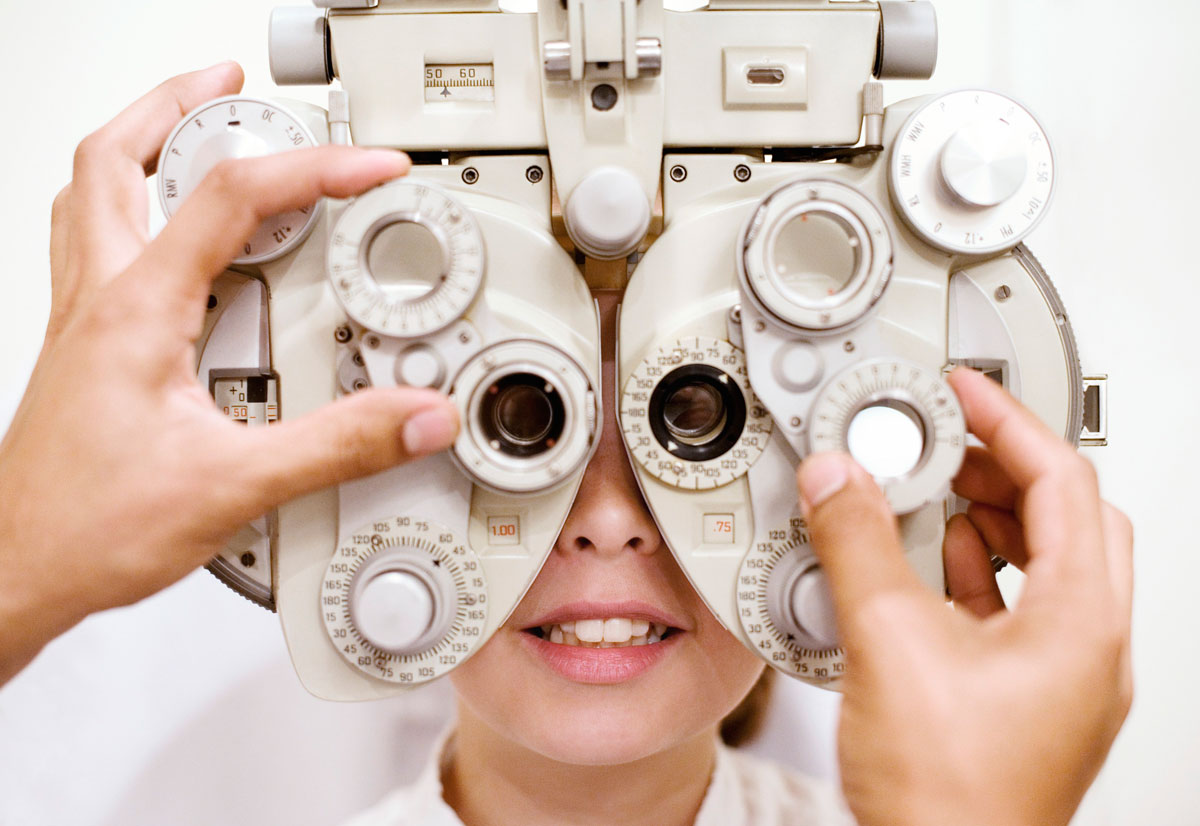 |
| Cycloplegic refractive error measurement is superior to non-cycloplegic to best assess myopia. Photo: Getty Images. |
In an effort to determine differences in cycloplegic vs. non-cycloplegic refractive error and factors associated with these differences in Chinese school students, researchers recently found that non-cycloplegic refractive error overestimates myopia by approximately 1.00D, an overestimation that increases with more hyperopic refractive error and smaller axial length. The team recommended steering away from non-cycloplegic refractive error in the evaluation of pediatric myopia.
The cross-sectional, school-based study measured refractive error in school students using a Nidek autorefractor before and after administration of 0.5% tropicamide. Spherical equivalent (SER) in diopters was calculated as sphere plus half cylinder and differences before and after cycloplegia were evaluated. Univariable and multivariable regression models were used to determine factors associated with these SER differences.
Among 3,604 students, 3,450 (95.7%) with a mean age of 9.7 provided data for analysis. The mean SER was -1.12D before cycloplegia and -0.20D after, with a mean difference of 0.92D. Among 196 eyes with non-cycloplegic SER -6D or worse (e.g., high myopia), 71.4% had cycloplegic SER -6D or worse, and among 3,607 eyes with non-cycloplegic SER -0.5D or worse (e.g., myopia), 62.1% had cycloplegic SER -0.5D or worse. Cycloplegic SER was more correlated with axial length than non-cycloplegic SER. In multivariable analysis, larger SER differences were associated with more hyperopic refractive error and smaller axial length.
“Results from myopia studies that used non-cycloplegic measurements of refractive error should be interpreted cautiously and with consideration of the biased nature of these measurements for determining myopia,” the study authors wrote. “Future myopia studies in children should use the cycloplegic refractive error to provide accurate assessment of myopia status.”
Gu F, Gao HM, Zheng X, et al. Effect of cycloplegia on refractive error measure in Chinese school students. Ophthalmic Epidemiol. November 12, 2021. [Epub ahead of print]. |

